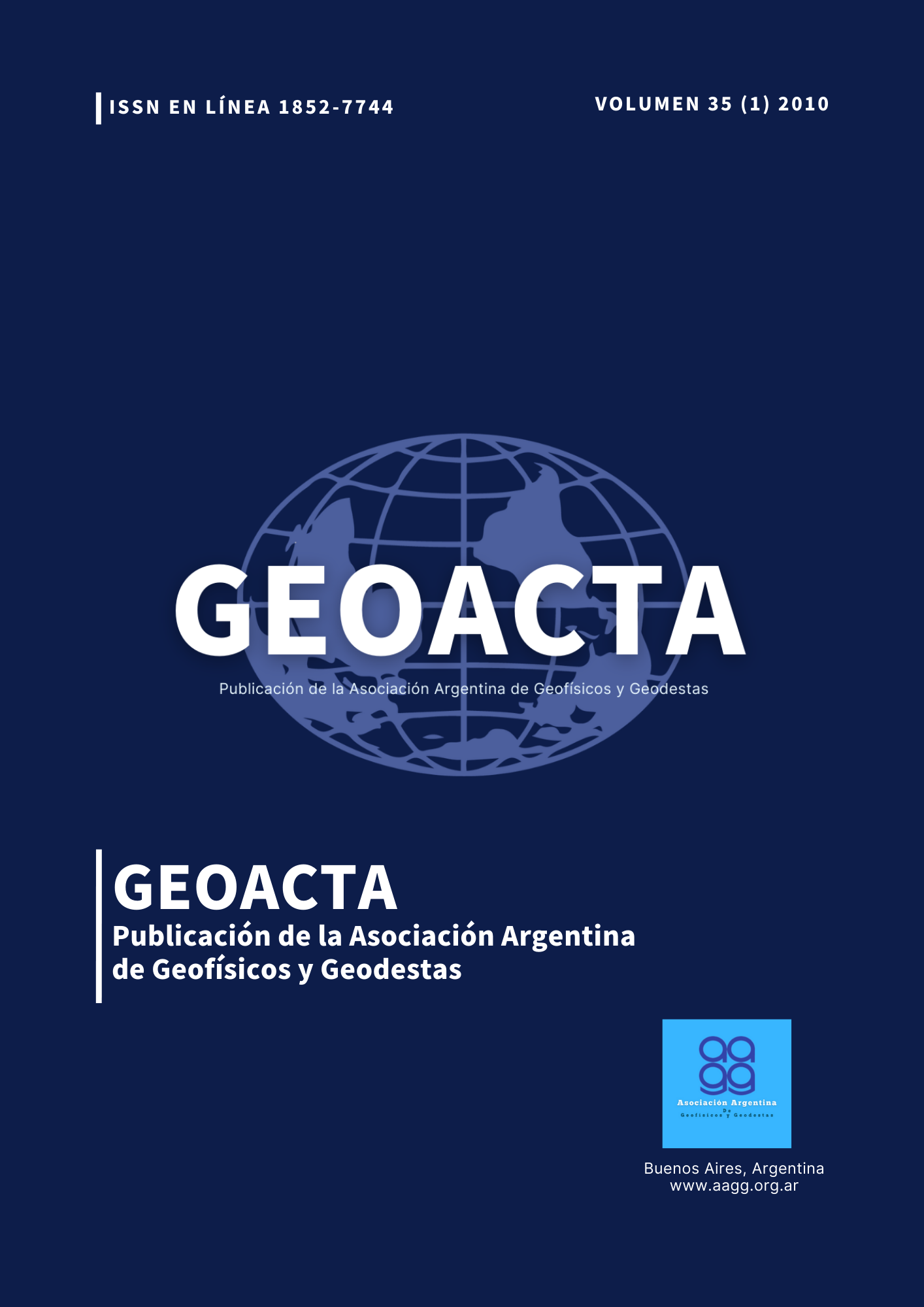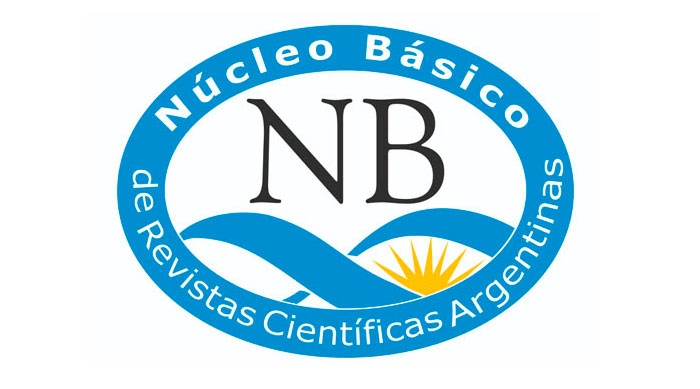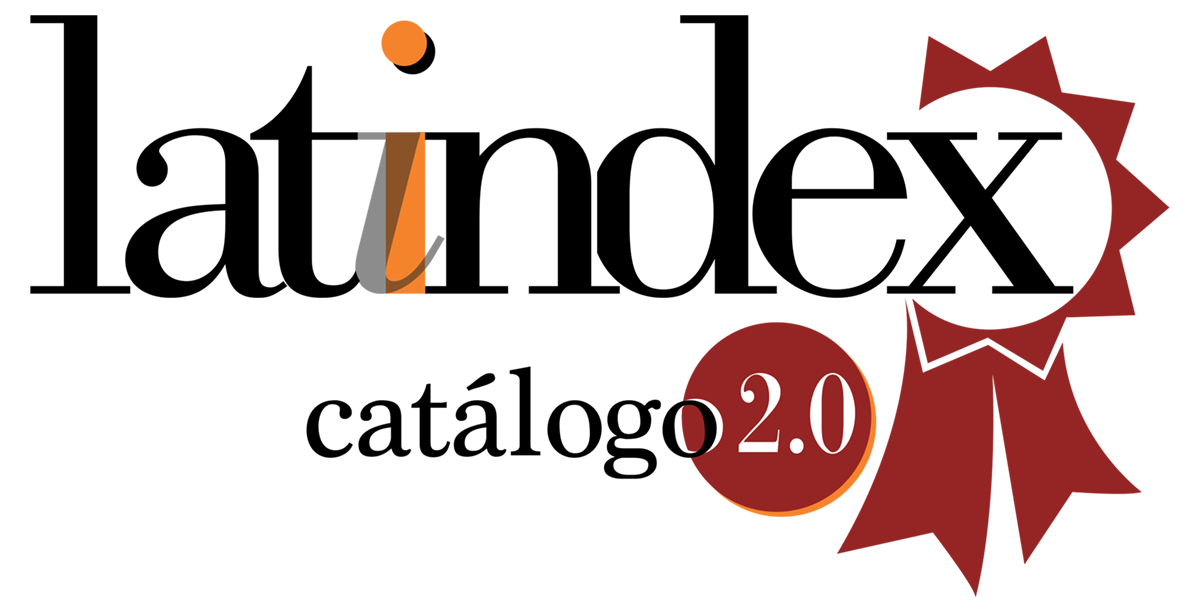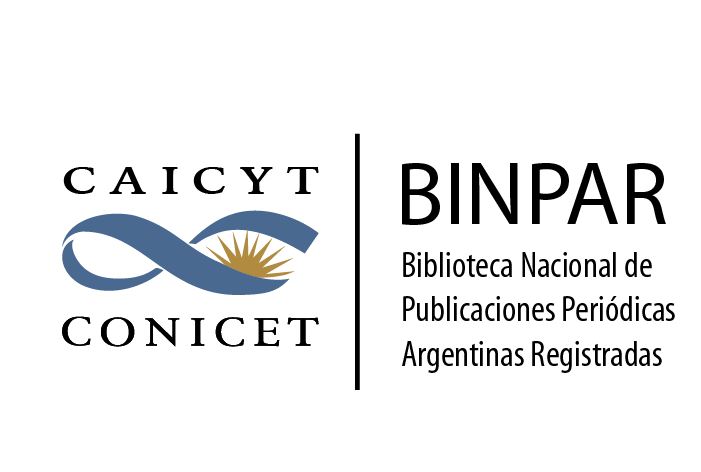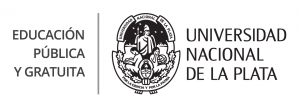Una herramienta cartográfica digital basada en XML para la ciudad de La Plata
Palabras clave:
geocodificación, SIG, Google MapsResumen
El trabajo presenta una aplicación específica desarrollada a partir la integración de dos herramientas informáticas: Google Maps y un lenguaje de programación de alto nivel, en nuestro caso Octave. La API de Google Maps en Javascript permite la construcción de objetos espaciales. Integrando el mismo con algoritmos originales que resuelvan la geocodificación de las calles de La Plata y el manejo de una base de datos es posible brindar un servicio de localización. El ejemplo que se presenta es el de la localización de las farmacias más cercanas a un cierto domicilio. Se le pide a los usuarios que ingresen su dirección; con estos datos le son devueltas las tres farmacias de turno más cercanas. El código resulta fácilmente adaptable a otro tipo de requerimientos: estaciones de servicio, restaurantes, etcétera siendo su única limitación que la geocodificación está desarrollada para la ciudad de La Plata.
Descargas
Referencias
Brown, M.C., 2006. Hacking Google Maps and Google Earth. Wiley.
Fisher, T., and Fisher, C., 1979. An Overview of the Canada Geographic Information System (CGIS). in International Symposium On Cartography and Computing: Applications in Health and Environment. Reston, Virginia.
García, T. and Viera, L. M., “I Jornada Histórico Geográfica y Genealógica de Berazategui. La Plata: Una Reflexión Sobre La Ciudad y Su Sociedad”, Facultad de Arquitectura y Urbanismo de la Universidad Nacional de La Plata.
Gibson, R. and Erle, S., 2006. Google Maps Hacks. O'Reilly Media. 3pp 66.
Rhind, D.W., 1989. Cartography Past, Present and Future. Elsevier Science & Technology.
Descargas
Publicado
Número
Sección
Licencia
Derechos de autor 2010 Nadia Kreimer, Mauricio Gende

Esta obra está bajo una licencia internacional Creative Commons Atribución-NoComercial-CompartirIgual 4.0.
Acorde a estos términos, el material se puede compartir (copiar y redistribuir en cualquier medio o formato) y adaptar (remezclar, transformar y crear a partir del material otra obra), siempre que a) se cite la autoría y la fuente original de su publicación (revista y URL de la obra), b) no se use para fines comerciales y c) se mantengan los mismos términos de la licencia.
La licencia CC BY-NC-SA comenzó a utilizarse a partir del Vol. 43 núm. 2 (2022).
Previo a esa fecha, los materiales se publicaron bajo una licencia CC BY.

